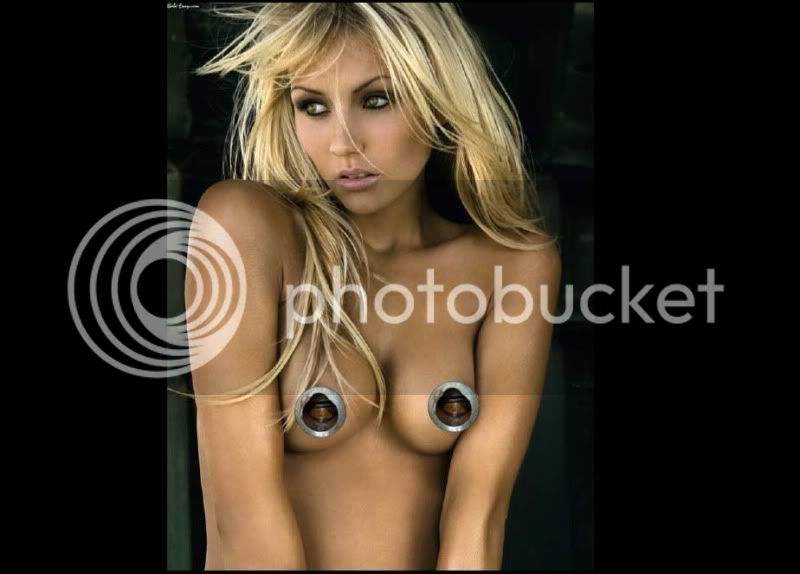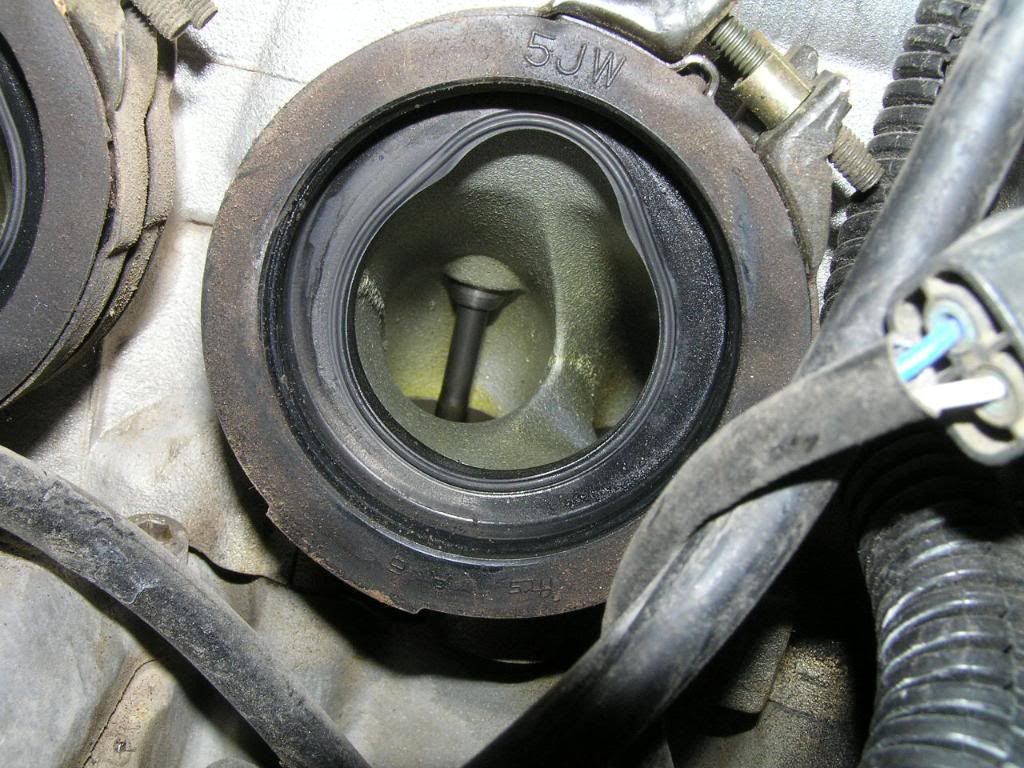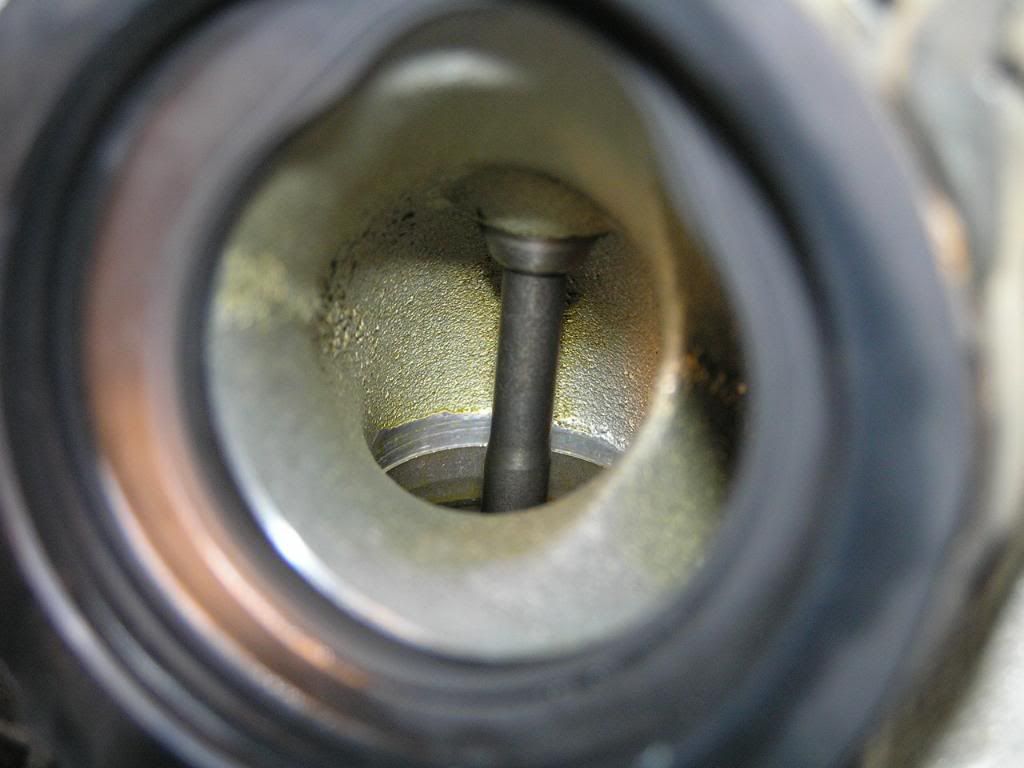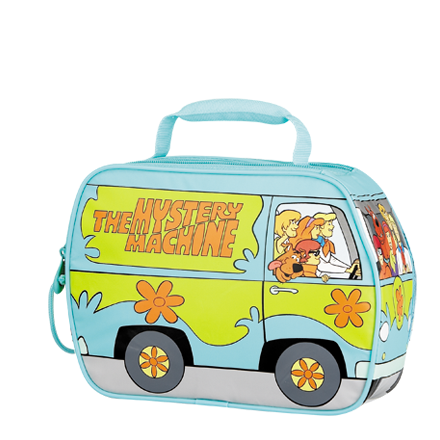You know...I'm really liking this serious technical discussion without someone saying "jes sayin and enuf said"...but can't we take a commercial break with some girlie photos?...with throttle bodies in the foreground of course.
Also would like to add, that it wouldn't matter what octane gas you ran in your FJR in relation to keeping the TB butterflies clean. The injector inlets are downstream of the butteflies. Gas of ANY octane never touches the butterflies, so octane or supplemental additives like Seafoam aren't gonna impact the butterflies.
The "gunk" has to be related to something in the intake AIR process, either dirt getting past the filter, combined with PCV vapors, or exhaust gas contamination from pre-PAIR removal. Maybe a combination of both!


































































